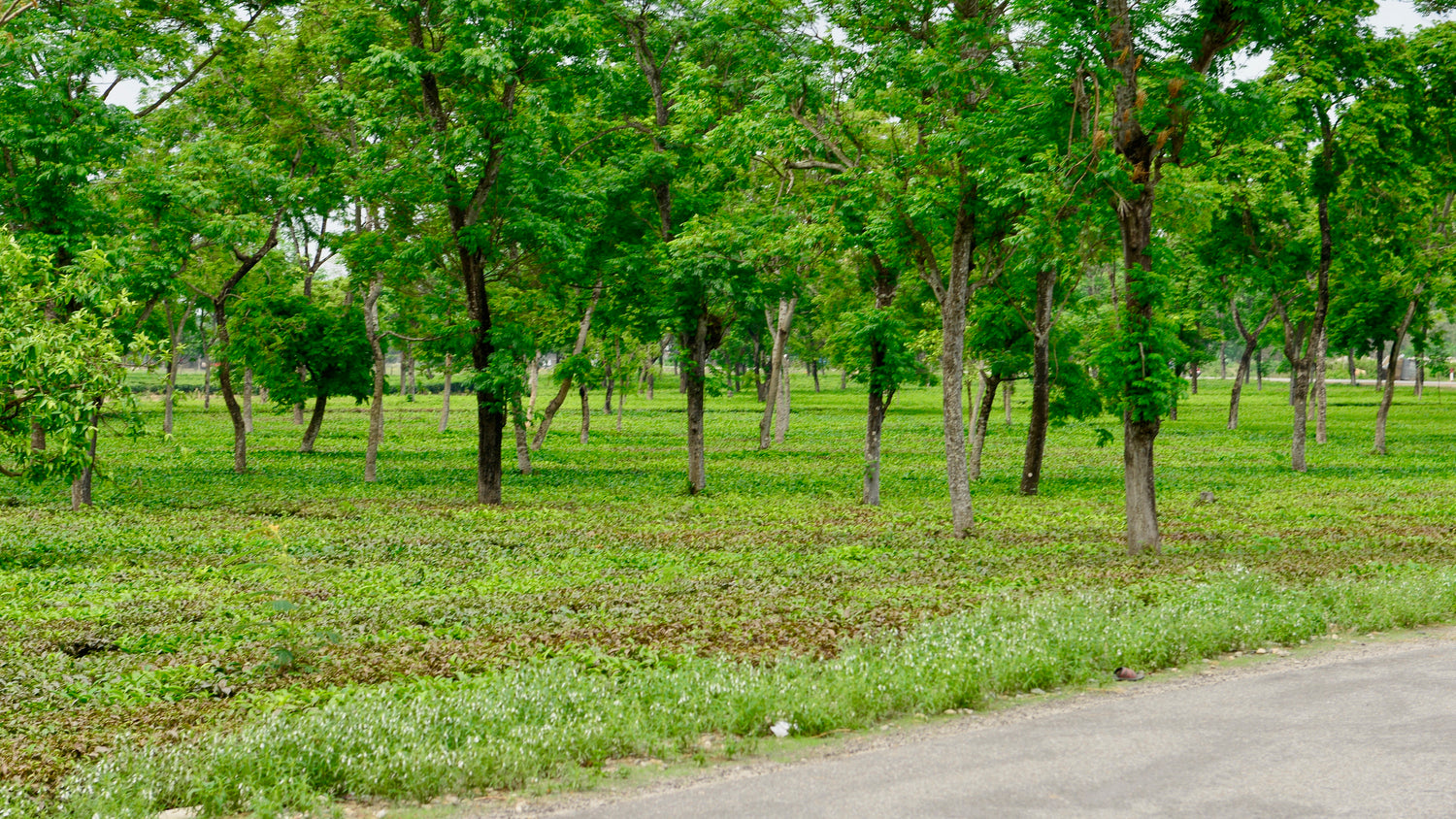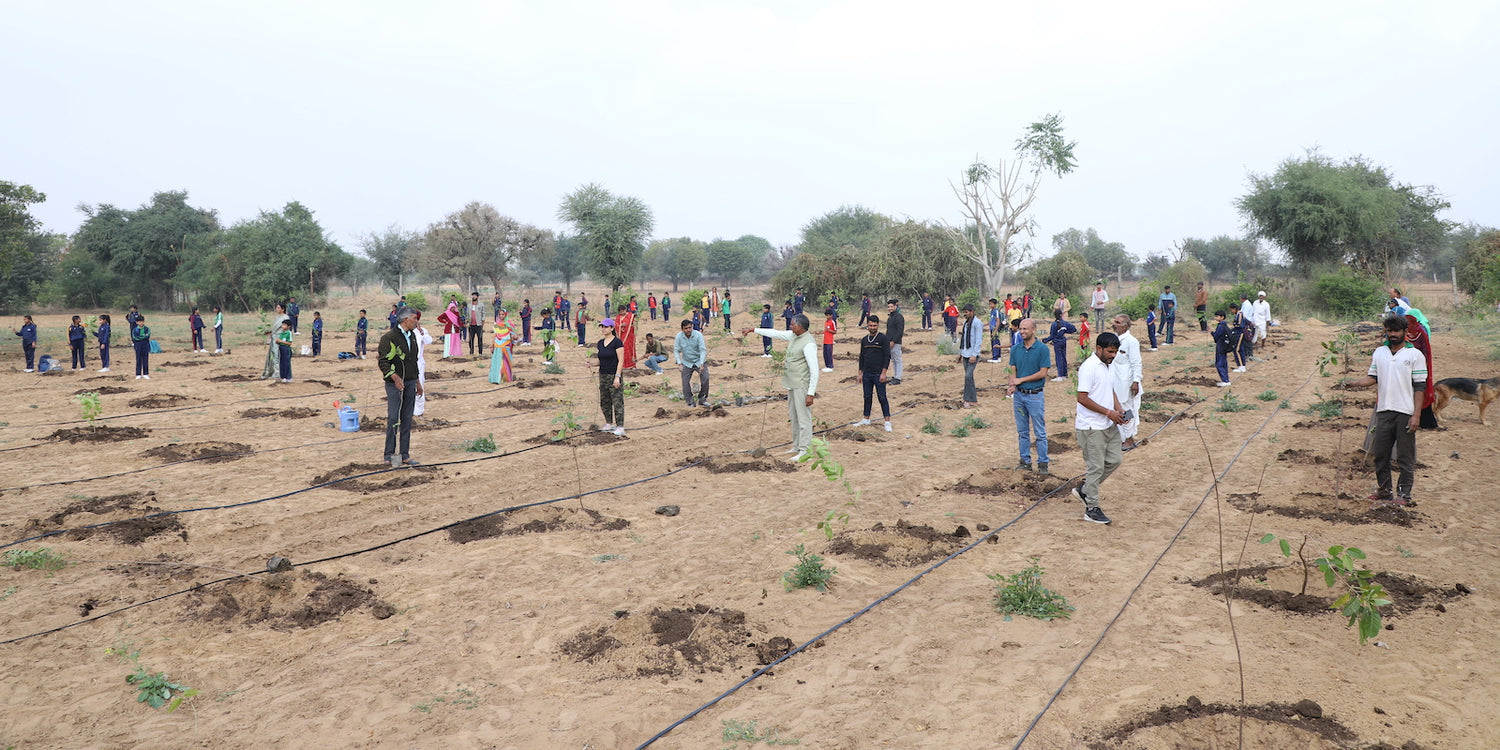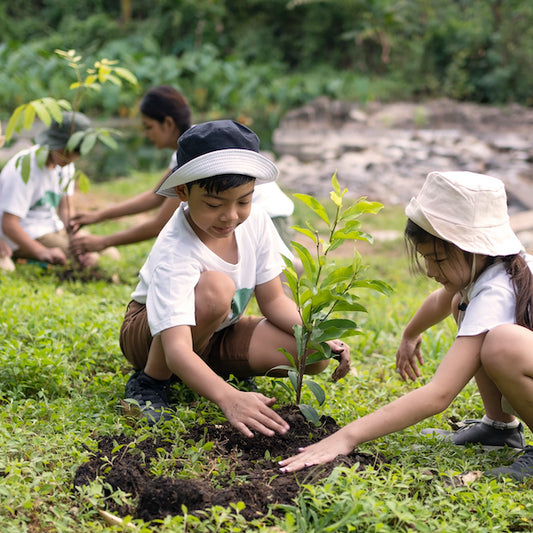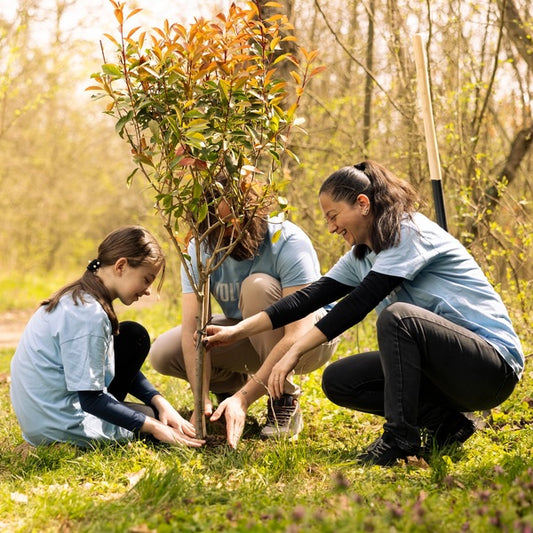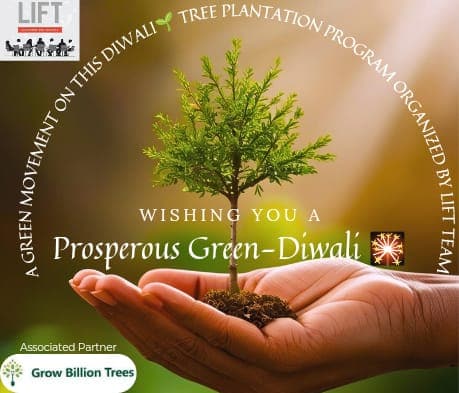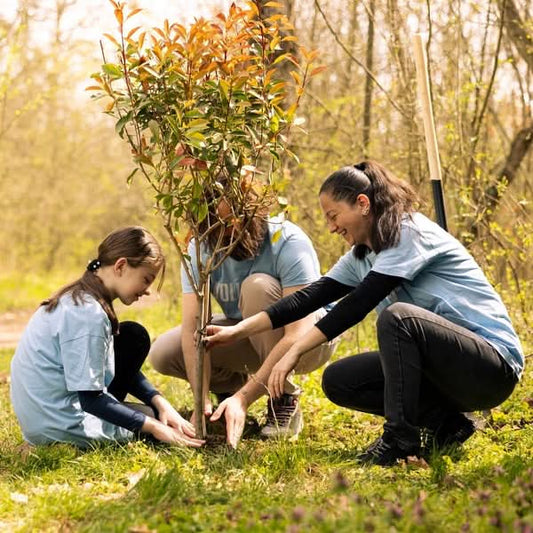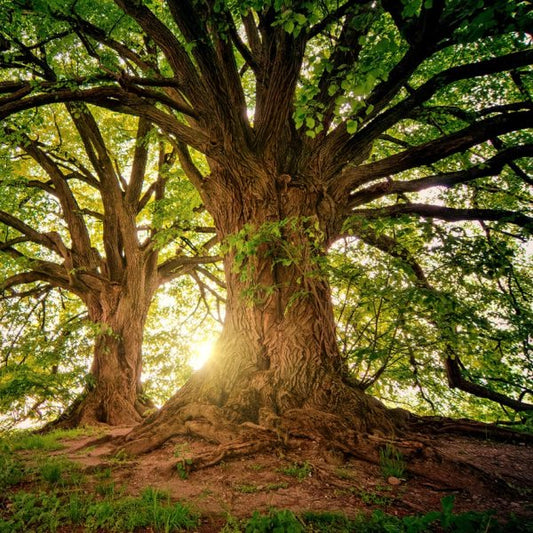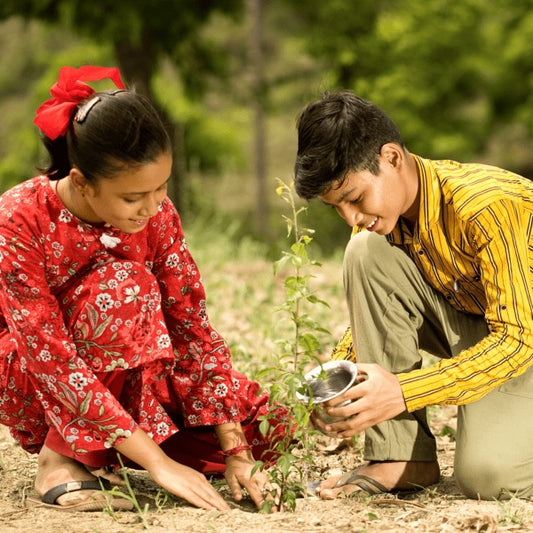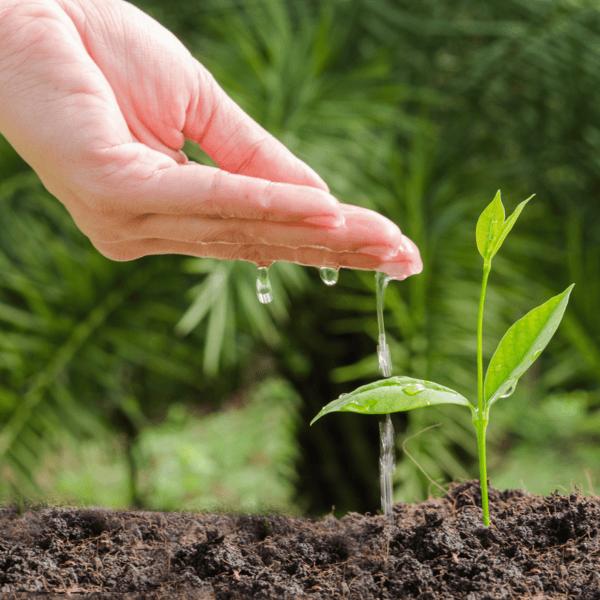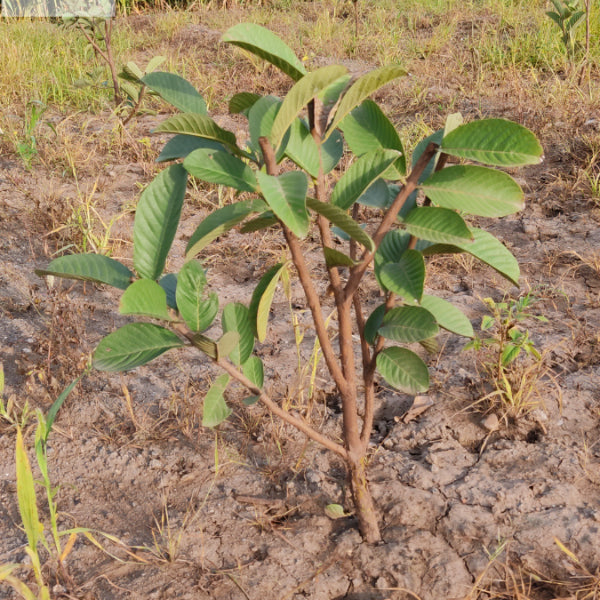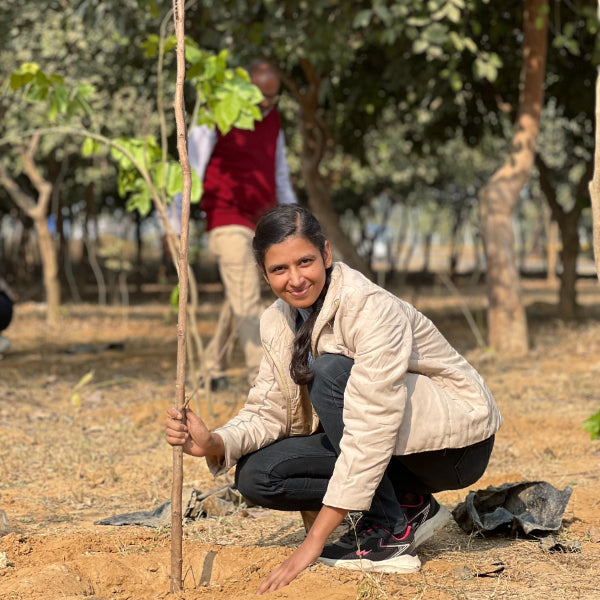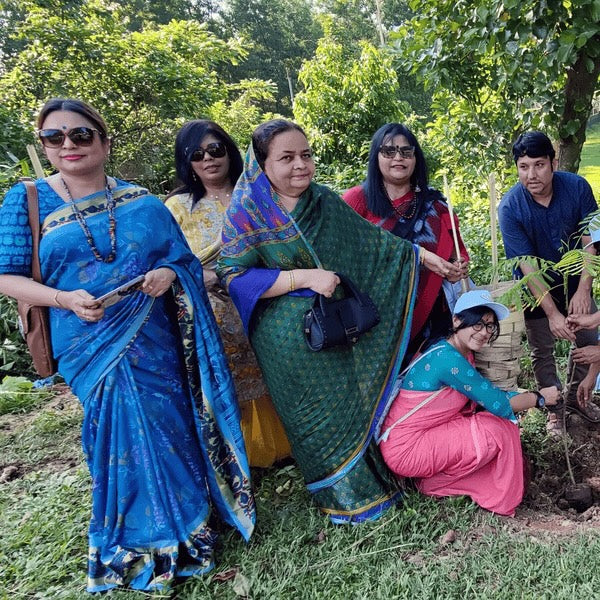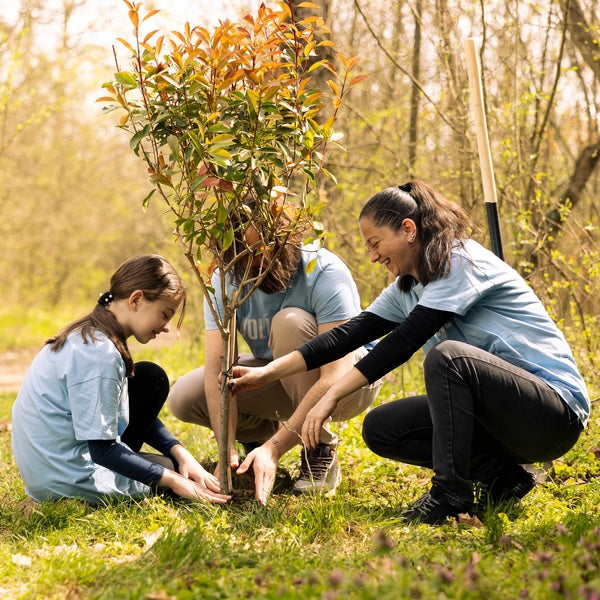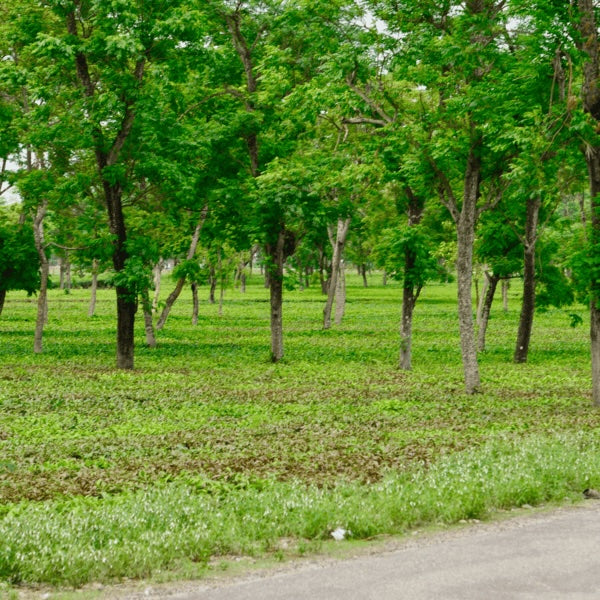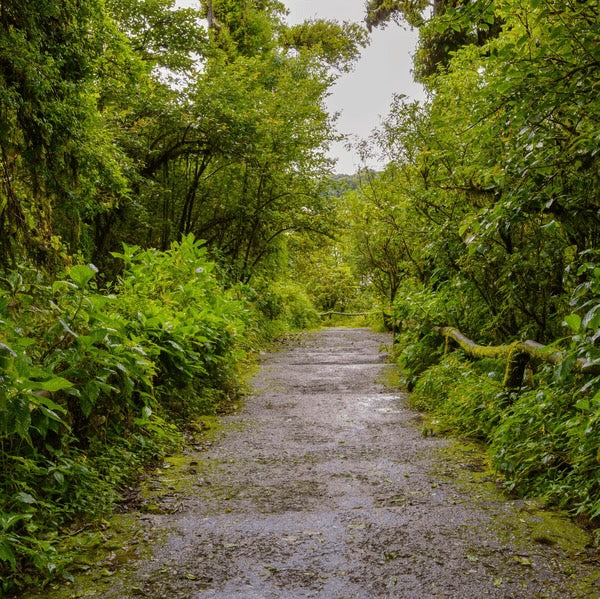Agroforestry in Nagaland: Tribal Wisdom Meets Trees
Agroforestry in Nagaland is a beautiful blend of tribal wisdom and sustainable practices. 🌳 This unique approach not only enhances biodiversity but al Read more
Connect with us
-
👥 Corporates
If you are looking for:
- 🌲 Tree Plantation Events
- 📊 CSR Projects
📧 corporate@growbilliontrees.com
📞 +91 9699723523
💬 +91 9325931304 WhatsApp (Only)
🕒 Mon - Sat | 10am - 7pm IST
-
🧩 Tree Plantation NGOs
If you are looking for:
- 💰 Financial Assistance
- 🤝 Operational Support
📧 support@growbilliontrees.com
📞 +91 9699723523
💬 +91 9325931304 WhatsApp (Only)
🕒 Mon - Sat | 10am - 7pm IST
-
🌼 Individuals
If you are looking for:
- 👥 Group Tree Plantation Drive
- 🌳 Bulk Tree Plantation
📞 +91 9699723523
💬 +91 9325931304 WhatsApp (Only)
🕒 Mon - Sat | 10am - 7pm IST
Trending
Trees for Corporates
Agroforestry in Nagaland: Tribal Wisdom Meets Trees
Agroforestry in Nagaland is a beautiful blend of tribal wisdom and sustainable practices. 🌳 This unique approach not only enhances biodiversity but also supports the livelihoods of local communities.
Nagaland, located in Northeast India, is home to diverse tribes, each with its own rich traditions and knowledge of the land. The indigenous people have practiced agroforestry for generations, integrating trees with crops and livestock. This system promotes ecological balance and ensures food security. 🌾
Agroforestry systems in Nagaland often include a variety of trees, such as bamboo, fruit trees, and medicinal plants. These trees provide shade, improve soil fertility, and offer additional income sources. 🌿 For instance, the indigenous practice of shifting cultivation, or jhum, incorporates tree planting, which helps restore soil health over time.
Scientific studies show that agroforestry can increase crop yields by up to 30% compared to conventional farming. 🌱 This is due to improved soil structure, enhanced nutrient cycling, and better water retention. The integration of trees also helps in carbon sequestration, making agroforestry a vital tool in combating climate change.
Fun fact: A single mature tree can absorb approximately 48 pounds of carbon dioxide per year! 🌍 This highlights the importance of trees in our ecosystem and their role in mitigating global warming.
Historically, the tribes of Nagaland have revered nature, viewing trees as sacred. This cultural connection fosters a deep respect for the environment, encouraging sustainable practices. 🌼 The traditional knowledge passed down through generations is invaluable in today’s context of environmental degradation.
Agroforestry not only benefits the environment but also enhances the socio-economic status of tribal communities. By diversifying income sources, families can become more resilient to market fluctuations. 🌈 For example, selling fruits, nuts, and medicinal plants can provide a steady income stream.
Moreover, agroforestry systems can create job opportunities in areas like agro-tourism and sustainable harvesting. This can empower local youth and reduce urban migration, preserving the rich cultural heritage of Nagaland. 🏞️
In recent years, initiatives like Grow Billion Trees have emerged to promote agroforestry across India. 🌱 This organization aims to plant billions of trees, focusing on sustainable practices that benefit both the environment and local communities.
Grow Billion Trees collaborates with local farmers and tribal communities to implement agroforestry projects. By providing training and resources, they empower communities to adopt sustainable practices. 🌍 Their approach is holistic, considering ecological, social, and economic factors.
One of the key strategies of Grow Billion Trees is to raise awareness about the benefits of agroforestry. They conduct workshops and seminars, sharing success stories and best practices. 📚 This knowledge transfer is crucial for inspiring communities to embrace agroforestry.
Additionally, Grow Billion Trees emphasizes the importance of native species in agroforestry systems. 🌳 By planting indigenous trees, they enhance biodiversity and create habitats for local wildlife. This approach not only supports the ecosystem but also strengthens the cultural ties of the communities.
Through their projects, Grow Billion Trees aims to restore degraded lands and improve soil health. 🌾 This is particularly important in regions like Nagaland, where deforestation and soil erosion pose significant challenges. By integrating trees into farming systems, they help combat these issues effectively.
Another exciting aspect of Grow Billion Trees is their focus on technology. 📱 They utilize data-driven approaches to monitor tree growth and assess the impact of agroforestry practices. This scientific backing ensures that their projects are effective and sustainable.
As the world faces increasing environmental challenges, agroforestry in Nagaland stands as a beacon of hope. 🌟 The combination of tribal wisdom and modern practices offers a sustainable path forward. By embracing agroforestry, we can create a healthier planet for future generations.
In conclusion, agroforestry in Nagaland is a testament to the power of nature and community. 🌿 The collaboration between local tribes and organizations like Grow Billion Trees showcases the potential of sustainable practices. Together, we can nurture our planet and foster resilience in our communities.
Join the movement! Support agroforestry initiatives and contribute to a greener future. 🌍 Every tree planted is a step towards a sustainable world. Let’s grow together!
Agroforestry Practices in Nagaland
In the lush landscapes of Nagaland, agroforestry practices are not just a trend; they are a way of life. Imagine a farmer who’s not just planting crops but also nurturing trees that provide shade, fruits, and even a home for birds. This harmonious blend of agriculture and forestry is like a well-rehearsed dance, where every participant plays a vital role. The local tribes have mastered this art, ensuring that their land remains fertile and their communities thrive. With a sprinkle of traditional wisdom and a dash of modern techniques, Nagaland is turning into a living laboratory of sustainable practices. Who knew that trees could be the best farming partners?
Tribal Wisdom in Agroforestry
When it comes to agroforestry in Nagaland, tribal wisdom is the secret sauce. The indigenous tribes have been practicing sustainable farming for generations, long before it became a buzzword. They understand the land, the seasons, and the intricate relationships between plants and animals. It’s like they have a PhD in nature! Their methods are not just about survival; they are about thriving in harmony with the environment. By integrating traditional knowledge with modern science, these tribes are proving that wisdom doesn’t age; it evolves. So, next time you think of farming, remember that sometimes the best teachers are those who’ve been doing it the longest.
Sustainable Farming Techniques
Sustainable farming techniques in Nagaland are like a well-kept secret, whispered among the trees. Farmers here are not just digging up the earth; they are cultivating a relationship with it. Techniques such as intercropping, crop rotation, and organic fertilization are the bread and butter of their farming practices. These methods not only boost productivity but also protect the environment. It’s a win-win situation! Imagine a farm where the soil is rich, the air is clean, and the produce is organic. That’s the dream, and Nagaland is living it. With a little creativity and a lot of respect for nature, sustainable farming is not just a goal; it’s a lifestyle.
Biodiversity Conservation
Biodiversity conservation in Nagaland is like hosting a grand party where every species is invited. The region is home to a rich tapestry of flora and fauna, and agroforestry plays a crucial role in preserving this diversity. By planting a variety of trees and crops, farmers create habitats for countless species, ensuring that nature’s balance is maintained. It’s like a natural insurance policy against extinction! The tribes understand that a diverse ecosystem is a healthy one, and they are committed to protecting it. So, while some may see trees as mere resources, the people of Nagaland see them as vital partners in the dance of life.
Economic Benefits of Agroforestry
The economic benefits of agroforestry in Nagaland are as sweet as the fruits it produces. By integrating trees with crops, farmers can diversify their income sources, making their livelihoods more resilient. Imagine harvesting fruits, nuts, and timber all from the same piece of land! It’s like having a buffet of options. This not only boosts the local economy but also reduces the risk of crop failure. With agroforestry, farmers are not just feeding their families; they are building a sustainable future. It’s a clever way to turn a patch of land into a thriving business, proving that trees can indeed pay the bills.
Climate Resilience
Climate resilience in Nagaland is not just a buzzword; it’s a necessity. With changing weather patterns and unpredictable rainfall, farmers are turning to agroforestry as a shield against climate change. Trees act as natural barriers, protecting crops from harsh winds and providing shade during scorching summers. It’s like having a built-in air conditioner! The deep roots of trees also help in retaining soil moisture, ensuring that crops have enough water to thrive. By embracing agroforestry, the people of Nagaland are not just adapting to climate change; they are outsmarting it. Who knew that planting trees could be such a clever strategy?
Community Involvement in Agroforestry
Community involvement in agroforestry in Nagaland is like a potluck dinner where everyone brings something to the table. The local tribes work together, sharing knowledge and resources to create a thriving agroforestry system. It’s a beautiful example of collective effort, where each member plays a role in nurturing the land. Workshops, training sessions, and community gatherings are common, fostering a sense of unity and purpose. This collaborative spirit not only strengthens the community but also enhances the effectiveness of agroforestry practices. In Nagaland, it’s clear that when it comes to farming, teamwork makes the dream work.
Agroforestry and Food Security
Agroforestry and food security in Nagaland go hand in hand like peanut butter and jelly. By integrating trees with crops, farmers are not only increasing their yields but also ensuring a steady supply of food for their families and communities. This method provides a diverse range of produce, reducing dependency on a single crop and enhancing nutritional security. It’s like having a well-stocked pantry that never runs out! With agroforestry, the people of Nagaland are taking charge of their food systems, proving that sustainable practices can lead to a more secure future. Who knew that planting trees could be the key to a full plate?
You may like
Corporate Plantations
FAQ
What is agroforestry and why is it important in Nagaland?
Agroforestry is the practice of integrating trees and shrubs into agricultural landscapes, creating a symbiotic relationship between crops, livestock, and forestry. In Nagaland, where tribal wisdom meets trees, agroforestry is crucial for sustainable development. It enhances biodiversity, improves soil health, and provides additional income sources for farmers. By combining traditional practices with modern techniques, we at Grow Billion Trees believe agroforestry can transform the agricultural landscape of Nagaland, ensuring food security and environmental sustainability.
How does tribal wisdom influence agroforestry practices in Nagaland?
Tribal wisdom in Nagaland is a treasure trove of knowledge about local ecosystems and sustainable practices. Indigenous communities have long understood the importance of trees in agriculture, using them for shade, soil fertility, and pest control. At Grow Billion Trees, we harness this wisdom to promote agroforestry, ensuring that modern methods respect and enhance traditional practices. This fusion not only preserves cultural heritage but also leads to more resilient farming systems.
What are the benefits of agroforestry for farmers in Nagaland?
Farmers in Nagaland can reap a cornucopia of benefits from agroforestry. By planting trees alongside crops, they can improve soil quality, reduce erosion, and increase water retention. Additionally, trees provide shade and habitat for beneficial insects, which can lead to higher crop yields. At Grow Billion Trees, we emphasize that agroforestry can also diversify income streams through timber, fruits, and nuts, making farming more profitable and sustainable.
How can Grow Billion Trees support agroforestry initiatives in Nagaland?
At Grow Billion Trees, we’re all about planting the seeds of change! We support agroforestry initiatives by providing training, resources, and access to quality saplings. Our team collaborates with local farmers to implement best practices, ensuring that agroforestry becomes a viable option for everyone. We believe that by empowering communities with knowledge and tools, we can create a greener, more sustainable Nagaland, one tree at a time.
What types of trees are best suited for agroforestry in Nagaland?
In Nagaland, the best trees for agroforestry include fast-growing species like Gliricidia, Leucaena, and various fruit trees such as banana and guava. These trees not only provide shade and improve soil fertility but also offer additional food sources. At Grow Billion Trees, we advocate for a mix of native and non-native species to enhance biodiversity and resilience, ensuring that farmers can enjoy the fruits of their labor—literally!
How does agroforestry contribute to climate change mitigation in Nagaland?
Agroforestry plays a pivotal role in climate change mitigation by sequestering carbon dioxide through tree growth. In Nagaland, where deforestation poses a significant threat, integrating trees into agricultural systems can help combat this issue. At Grow Billion Trees, we promote agroforestry as a natural solution to reduce greenhouse gas emissions while enhancing local ecosystems. By planting trees, we’re not just growing forests; we’re growing a sustainable future!
What challenges do farmers face in adopting agroforestry in Nagaland?
Farmers in Nagaland may face challenges such as lack of awareness, limited access to quality saplings, and traditional mindsets that resist change. Additionally, the initial investment in time and resources can be daunting. At Grow Billion Trees, we tackle these challenges head-on by providing education, resources, and community support. We believe that with the right guidance, farmers can overcome these hurdles and embrace the bountiful benefits of agroforestry.
How can individuals contribute to agroforestry efforts in Nagaland?
Individuals can play a vital role in supporting agroforestry in Nagaland by volunteering with local initiatives, donating to tree-planting campaigns, or simply spreading the word about the importance of trees. At Grow Billion Trees, we encourage everyone to get involved—whether it’s planting a tree in your backyard or participating in community events. Every little effort counts, and together, we can cultivate a greener Nagaland for generations to come!

